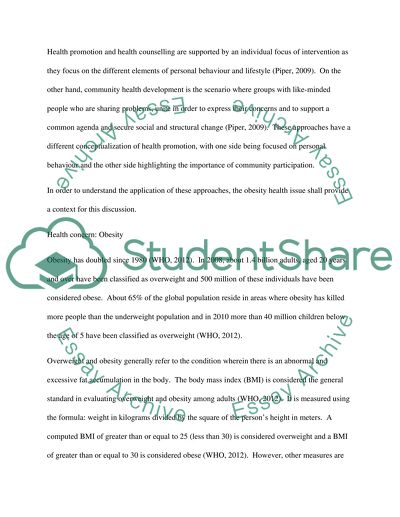Cite this document
(“Analysing public health Essay Example | Topics and Well Written Essays - 3000 words”, n.d.)
Analysing public health Essay Example | Topics and Well Written Essays - 3000 words. Retrieved from https://studentshare.org/health-sciences-medicine/1402802-analysing-public-health
Analysing public health Essay Example | Topics and Well Written Essays - 3000 words. Retrieved from https://studentshare.org/health-sciences-medicine/1402802-analysing-public-health
(Analysing Public Health Essay Example | Topics and Well Written Essays - 3000 Words)
Analysing Public Health Essay Example | Topics and Well Written Essays - 3000 Words. https://studentshare.org/health-sciences-medicine/1402802-analysing-public-health.
Analysing Public Health Essay Example | Topics and Well Written Essays - 3000 Words. https://studentshare.org/health-sciences-medicine/1402802-analysing-public-health.
“Analysing Public Health Essay Example | Topics and Well Written Essays - 3000 Words”, n.d. https://studentshare.org/health-sciences-medicine/1402802-analysing-public-health.


